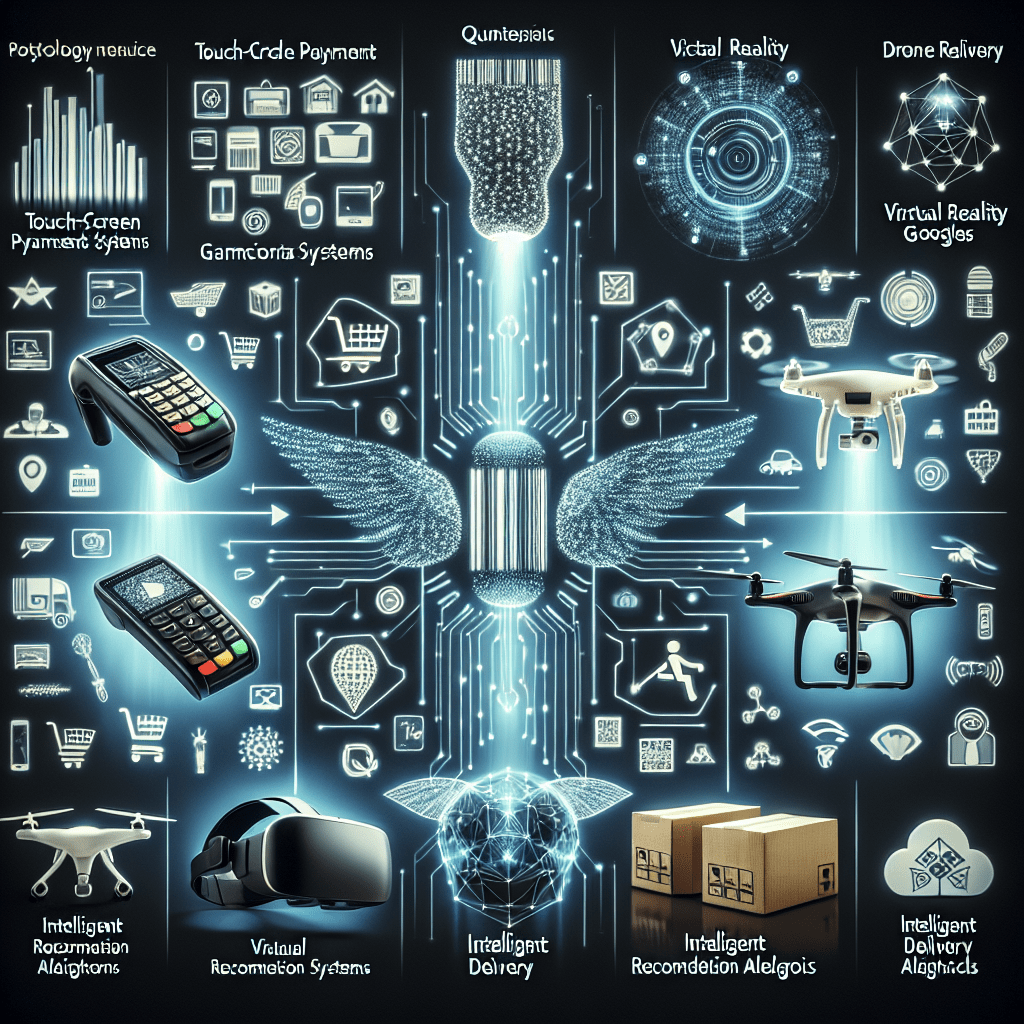5 Tech Trends Revolutionizing the Retail Industry
Technology has become an integral part of our daily lives, and its impact can be seen in almost every industry. One of the industries that have been significantly disrupted by technology is retail. With the rise of e-commerce and the increasing use of technology in brick-and-mortar stores, the retail industry has undergone a significant transformation in recent years. In this blog post, we will explore the top five tech trends that are disrupting the retail industry.
1. Artificial Intelligence (AI)
Artificial Intelligence has been making waves in the retail industry, and its impact has been nothing short of revolutionary. AI-powered tools and solutions are being used by retailers to enhance customer experience, improve operational efficiency, and drive sales. One of the most common applications of AI in retail is chatbots. These automated chat systems can engage with customers, answer their queries, and even make personalized product recommendations based on their preferences and purchase history.
In addition to chatbots, AI is also being used for inventory management, demand forecasting, and price optimization. With the help of AI algorithms, retailers can analyze large amounts of data to identify patterns and trends, which can then be used to make informed decisions. This not only saves time and resources but also helps retailers stay competitive in the ever-changing market.
2. Augmented Reality (AR)
Augmented Reality is another technology that is transforming the retail industry. AR allows customers to experience products in a virtual environment, giving them a better idea of how the product will look and feel in real life. This is particularly beneficial for online retailers, as it eliminates the need for customers to physically try out products before making a purchase.
Retailers are also using AR to enhance the in-store shopping experience. For instance, some stores have AR mirrors that allow customers to try on clothes virtually without actually having to change into them. This not only saves time but also reduces the number of clothes that need to be tried on, making the shopping experience more efficient.
3. Internet of Things (IoT)
The Internet of Things refers to the interconnectedness of everyday objects through the internet. In the retail industry, IoT is being used to improve supply chain management, enhance customer experience, and optimize store operations. For example, retailers can use sensors to track inventory in real-time, reducing the risk of overstocking or understocking products.
IoT is also being used to create personalized shopping experiences for customers. With the help of beacons and RFID tags, retailers can track customers’ movements in-store and send them targeted offers and promotions based on their location. This not only improves the customer experience but also increases the chances of making a sale.
4. Mobile Technology
Mobile technology has become an integral part of our lives, and its impact on the retail industry cannot be ignored. With the rise of mobile shopping, retailers are investing in mobile apps and websites to cater to the growing number of customers who prefer to shop on their smartphones.
Mobile technology has also enabled retailers to bridge the gap between their online and offline stores. For instance, customers can now use their smartphones to scan products in-store and make a purchase online if the product is out of stock. This not only improves the customer experience but also helps retailers to capture sales that would have otherwise been lost.
5. Big Data Analytics
One of the biggest challenges for retailers is to make sense of the vast amount of data they collect from various sources. This is where Big Data analytics comes in. With the help of advanced analytics tools, retailers can analyze customer data to gain insights into their shopping behavior, preferences, and purchasing patterns. This information can then be used to create targeted marketing campaigns and personalized offers, which can significantly improve customer retention and loyalty.
Big Data analytics is also being used to optimize supply chain management. By analyzing data from various sources, retailers can identify trends and make accurate demand forecasts, which can help them to stock the right products in the right quantities at the right time.
Conclusion
Technology is disrupting the retail industry in many ways, and the above five trends are just the tip of the iceberg. As technology continues to advance, we can expect to see even more disruptive innovations in the retail industry. Retailers who embrace these technologies and use them to their advantage will have a competitive edge in the market and be better equipped to meet the ever-changing demands of customers.


